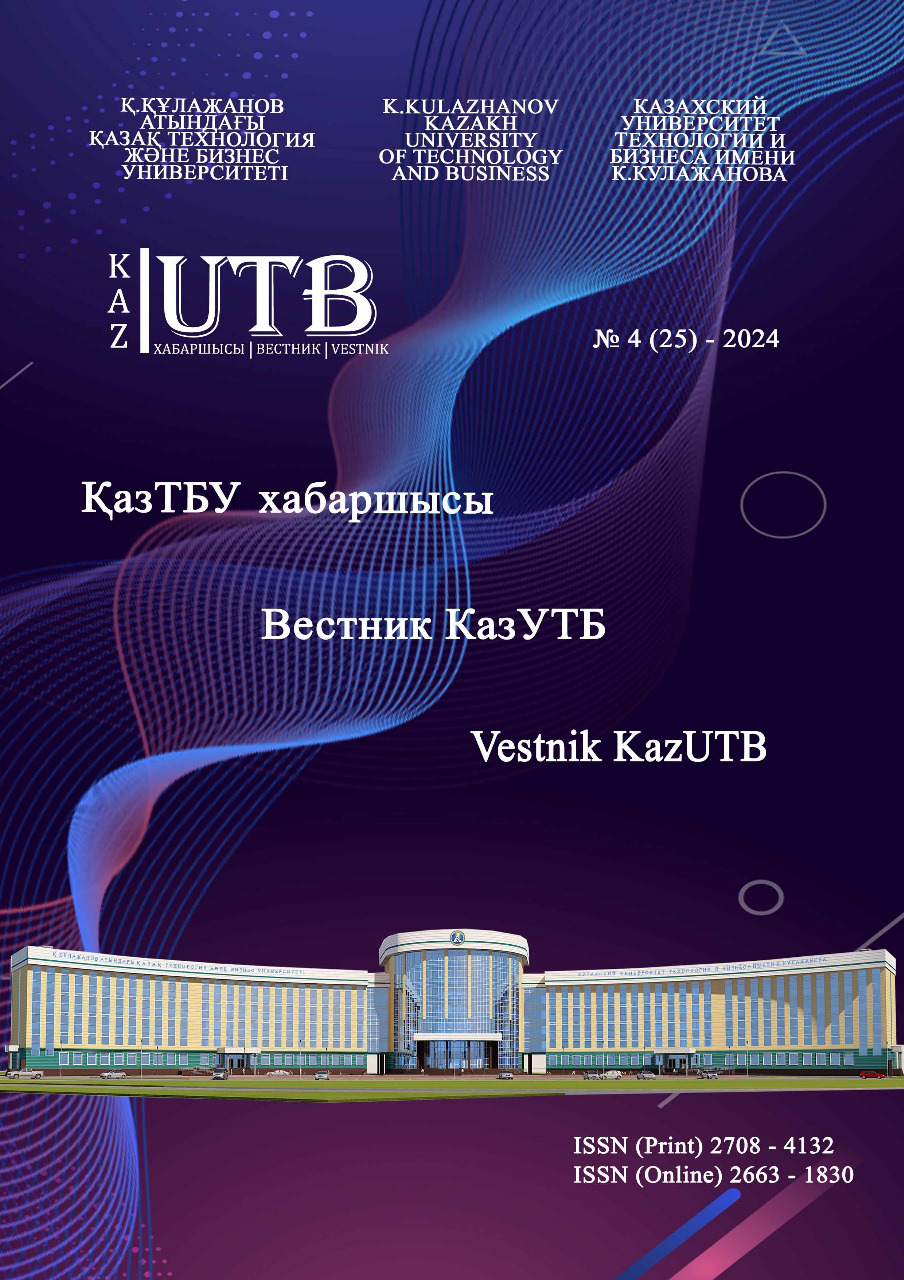Меню


Manufacturing and manufacturing industries
No. 4 (25) - 2024 / 2024-12-31 / Number of views: 55
POTENTIAL OF CHICKEN PROCESSING BY-PRODUCTS IN COLLAGEN PROTEIN HYDROLYSATE PRODUCTION BASED ON DISTAL LIMBS AND STOMACHS
Authors
Keywords
побочные продукты птицеводства, устойчивое производство продуктов питания, коллагеновые белковые гидролизаты, куриные желудки, физико- химические свойства.
Link to DOI:
How to quote
Tultabayeva . Т. ., Makangali К., Tokysheva Г. ., Shoman А., and Aiken Д. . “POTENTIAL OF CHICKEN PROCESSING BY-PRODUCTS IN COLLAGEN PROTEIN HYDROLYSATE PRODUCTION BASED ON DISTAL LIMBS AND STOMACHS”. Vestnik KazUTB, vol. 4, no. 25, Dec. 2024, doi:10.58805/kazutb.v.4.25-675.
Abstract
This study investigates the feasibility of producing collagen protein hydrolysates from chicken processing by-products, specifically distal limbs and stomachs, which are often treated as waste in the poultry industry. With the increasing demand for sustainable and functional ingredients, these by-products offer a valuable source of bioactive proteins, including collagen, that can be transformed into protein hydrolysates for use in the food industry. The research evaluates key physical and chemical properties, including water-binding capacity, shear stress, viscosity, and protein digestibility, to determine the suitability of distal limbs and stomachs for hydrolysate production. Using structural analysis, we measured the mechanical resistance and structural stability of these by-products, with findings showing that distal limbs have a high collagen content (11.3%) and excellent water retention, while stomachs exhibit lower fat content (2.1%) and high protein concentration (21.4%), making both suitable for hydrolysis. Viscosity and shear stress tests further support the use of these materials, indicating stability and strong structural integrity under processing conditions. Additionally, protein digestibility studies suggest that collagen hydrolysates from these sources may have enhanced bioavailability. The results suggest that utilizing distal limbs and stomachs for collagen hydrolysate production is a viable approach to create functional, high-protein food ingredients while also addressing sustainability by reducing waste. By transforming these by-products, the poultry industry can contribute to circular economy practices, enhance resource efficiency, and promote eco-friendly food production. This research underscores the potential for incorporating collagen protein hydrolysates from poultry by-products into various food applications, presenting both economic and environmental benefits.



